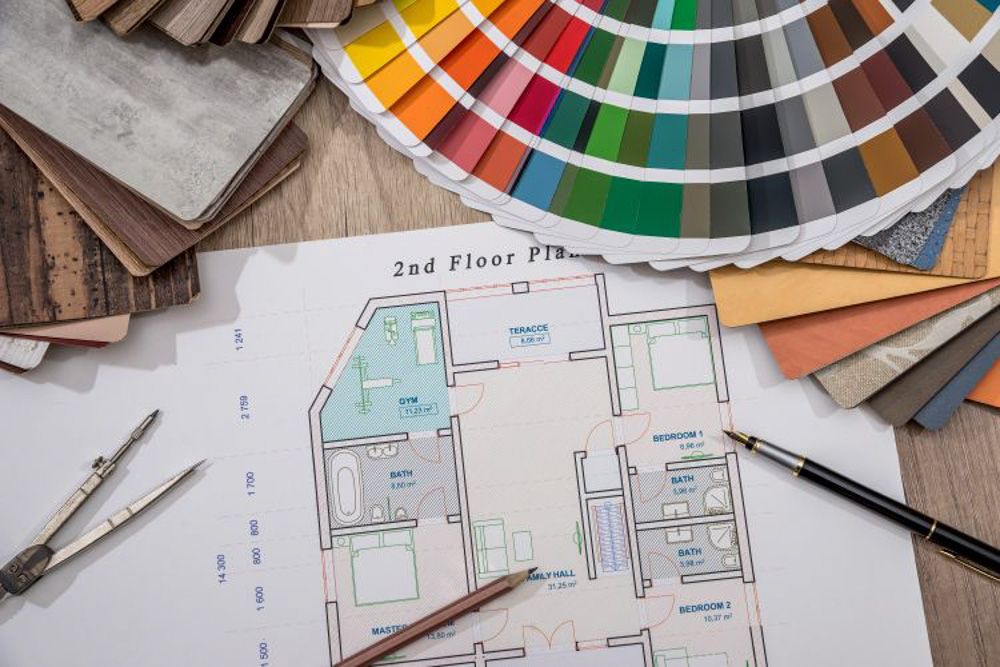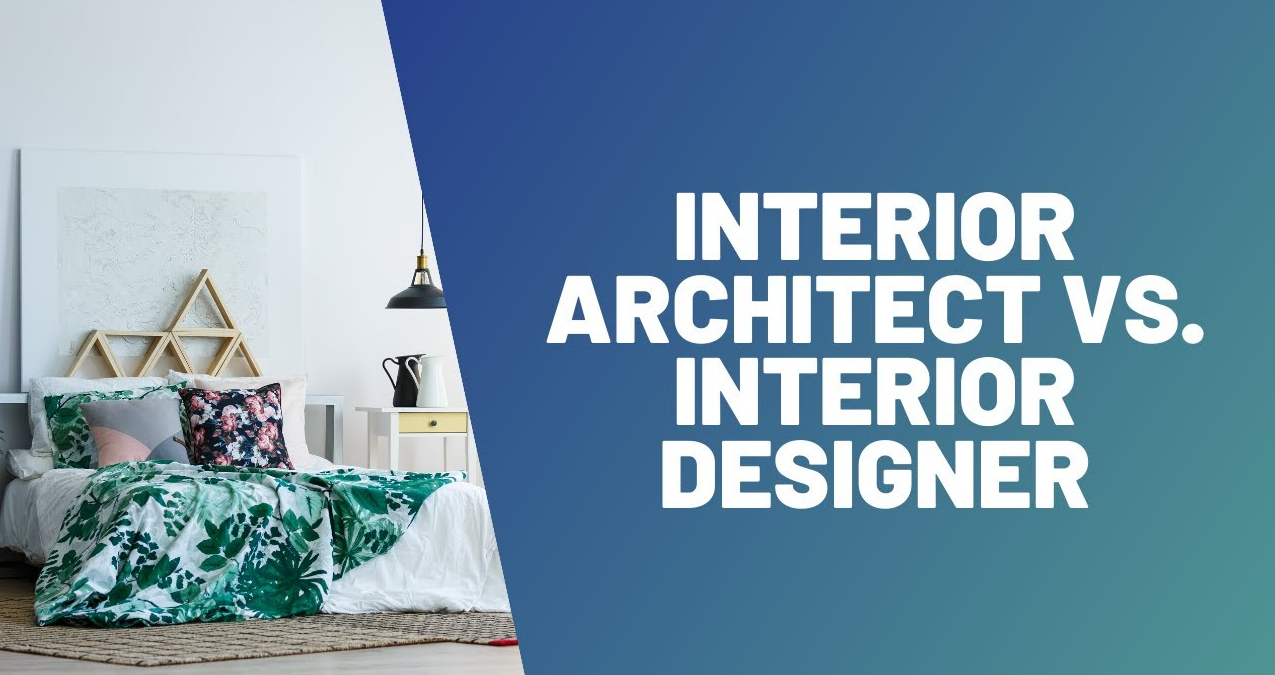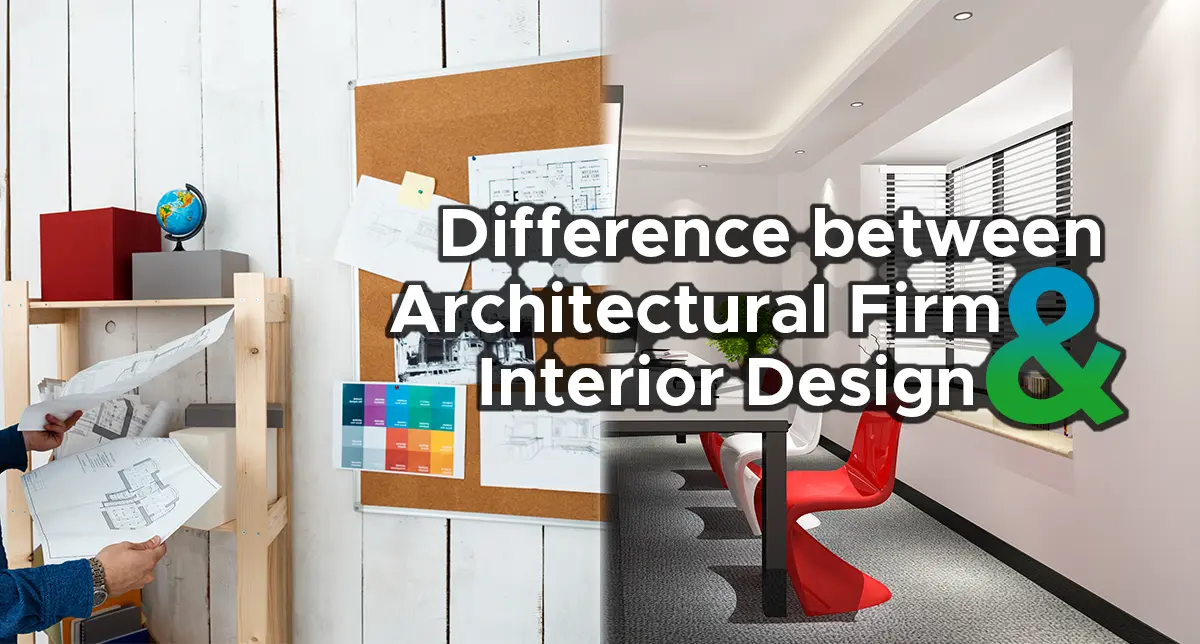How to Find Top High-End Home Designer Services Near You
The Art of Equilibrium: How Interior Design and Home Designer Collaborate for Stunning Outcomes
In the world of home design, striking a balance between aesthetics and performance is no little task. This fragile equilibrium is accomplished with the unified cooperation between interior designers and designers, each bringing their one-of-a-kind know-how to the table. The result? Spaces that are not only aesthetically magnificent yet also extremely habitable. This excellent mix is not always easy to achieve. Remain with us as we discover the complexities of this collective process and its transformative influence on home style.
Comprehending the Core Differences In Between Interior Decoration and Home Architecture
While both indoor design and home style play important duties in creating visually pleasing and useful spaces, they are inherently various disciplines. It deals with the 'bones' of the structure, functioning with spatial measurements, load-bearing walls, and roofing system layouts. On the other hand, interior style is extra concerned with improving the sensory and aesthetic experience within that structure.
The Synergy In Between Home Style and Interior Decoration
The synergy in between home style and Interior Design hinges on a shared vision of style and the improvement of useful aesthetic appeals. When these 2 fields line up sympathetically, they can change a space from average to remarkable. This partnership calls for a much deeper understanding of each discipline's principles and the ability to create a cohesive, visually pleasing atmosphere.
Unifying Style Vision
Merging the vision for home style and Interior Design can develop an unified living room that is both useful and cosmetically pleasing. The equilibrium starts with an incorporated way of thinking; engineers and indoor developers team up, each bringing their experience. This unison of concepts creates the style vision, a plan that guides the project. This shared vision is essential for consistency throughout the home, ensuring a liquid shift from exterior architecture to interior rooms. It advertises a collaborating strategy where architectural elements complement Interior Design parts and the other way around. The outcome is a natural space that reflects the homeowner's lifestyle, individuality, and preference. Therefore, unifying the design vision is essential in mixing style and Interior Design for stunning outcomes.
Enhancing Functional Visual Appeals
Just how does the synergy in between home design and Interior Design improve functional looks? This synergy allows the creation of areas that are not only aesthetically enticing but additionally comfortably functional. Engineers lay the groundwork with their structural style, ensuring that the area is effective and sensible. The interior designer after that enhances this with carefully selected aspects that boost the visual appeals without jeopardizing the capability. This harmonious collaboration can lead to homes that are both attractive and livable. As an example, an engineer could design a house with big home windows and high ceilings. The interior designer can then accentuate these features with sheer drapes and high plants, respectively, therefore improving the visual allure while preserving the functional advantages of all-natural light and space.
Relevance of Cooperation in Creating Balanced Spaces
The partnership in between indoor designers and engineers is critical in creating well balanced spaces. It brings consistency between layout and design, offering birth to areas that are not only visually pleasing but additionally functional. Discovering successful joint strategies can give insights into exactly how this harmony can be successfully attained.
Harmonizing Design and Design
Equilibrium, a necessary facet of both indoor style and content architecture, can only truly be attained when these 2 areas work in harmony. This collaborative procedure results in a natural, balanced design where every component has an objective and adds to the overall visual. Balancing style and architecture is not simply concerning producing stunning spaces, yet regarding crafting areas that work flawlessly for their occupants.
Successful Collaborative Approaches

Instance Studies: Effective Combination of Design and Style
Checking out a number of study, it emerges exactly how the successful assimilation of Interior Design and style can transform a room. The Glass Home in Connecticut, renowned for its minimalistic elegance, is one such instance. Architect Philip Johnson and indoor designer Mies van der Rohe worked together to create an unified balance between the inside and the structure, causing a seamless circulation from the outside landscape to the inner living quarters. An additional exemplar is Homepage the Fallingwater Home in Pennsylvania. Architect Frank Lloyd Wright and interior developer Edgar Kaufmann Jr.'s collaborative initiatives lead to a strikingly unique home that mixes with its natural environments. These instance studies underscore the profound effect of an effective design and architecture cooperation.

Getting Rid Of Challenges in Layout and Design Collaboration
Despite the obvious benefits of a successful cooperation in between interior style and style, it is not without its challenges. Architects may prioritize structural stability and security, while developers concentrate on comfort and style. Efficient communication, shared understanding, and compromise are important to get rid of these difficulties and accomplish a successful and unified cooperation.

Future Fads: The Advancing Connection Between Home Architects and Inside Designers
As the globe of home design remains to advance, so does the connection in between designers and indoor designers. The trend leans in the direction of a more incorporated and collective technique, breaking without standard roles. Designers are no more exclusively concentrated on architectural integrity, however additionally participate in improving Go Here visual allure - Winchester architect. Conversely, interior developers are accepting technological aspects, affecting overall design and functionality. This developing synergy is driven by innovations in technology and the growing demand for rooms that are not only aesthetically pleasing yet likewise sensible and sustainable. The future assures an extra natural, cutting-edge, and flexible approach to home design, as architects and designers continue to blur the lines, promoting a connection that genuinely personifies the art of equilibrium.
Conclusion
The art of balance in home style is achieved via the unified partnership between interior developers and designers. In spite of obstacles, this partnership cultivates growth and innovation in layout.
While both indoor design and home style play crucial functions in producing aesthetically pleasing and practical rooms, they are inherently different techniques.The synergy between home architecture and indoor layout lies in a common vision of style and the enhancement of useful looks.Unifying the vision for home design and indoor design can produce an unified living space that is both practical and cosmetically pleasing. Thus, unifying the style vision is crucial in blending design and indoor design for spectacular results.
Just how does the synergy in between home design and interior style enhance practical visual appeals? (Winchester architect)